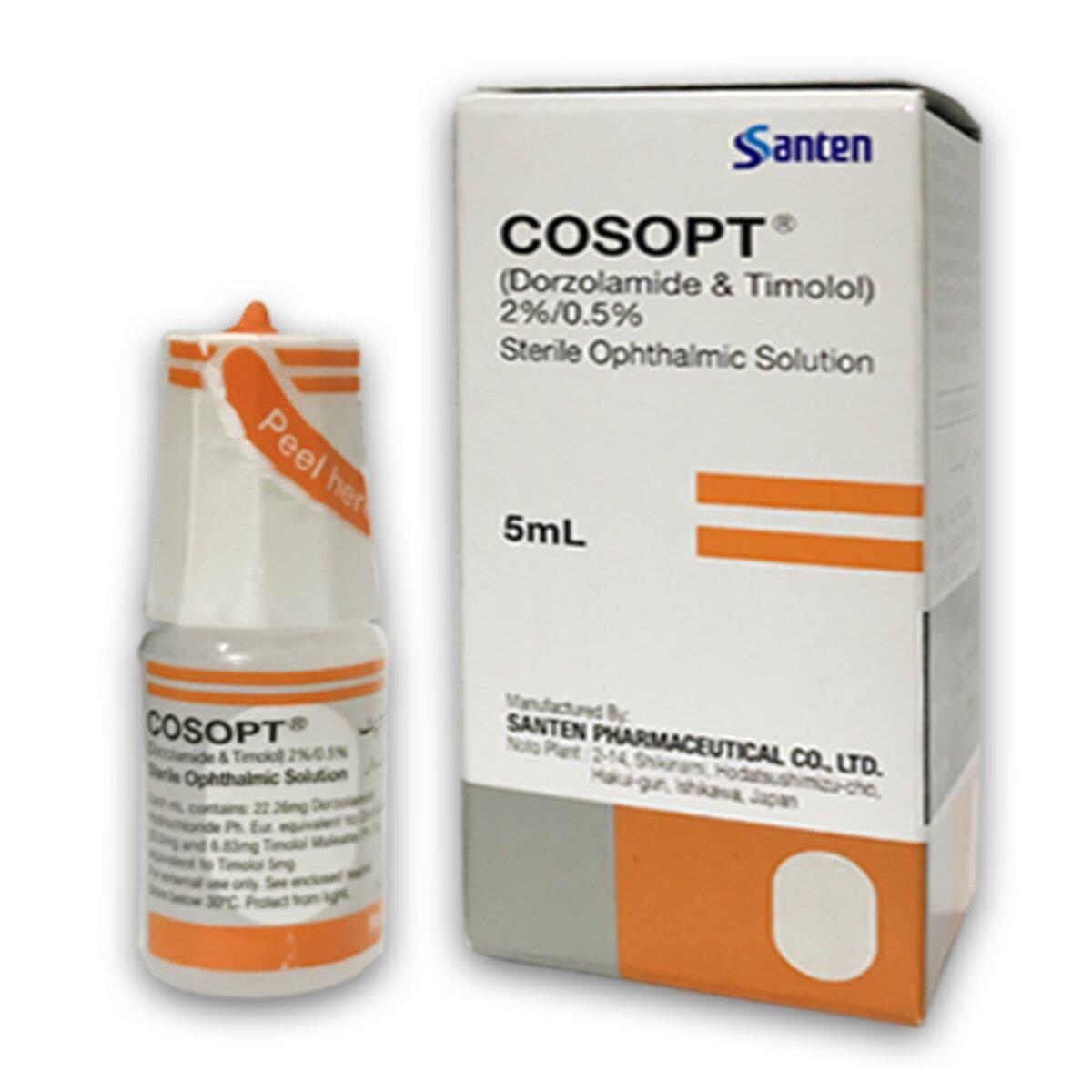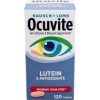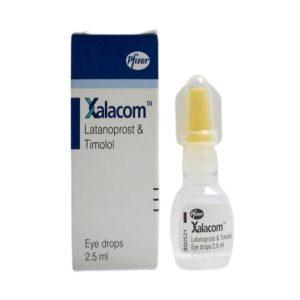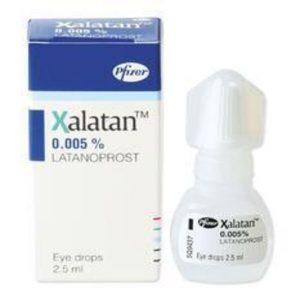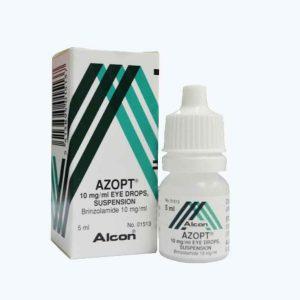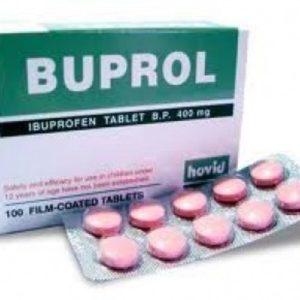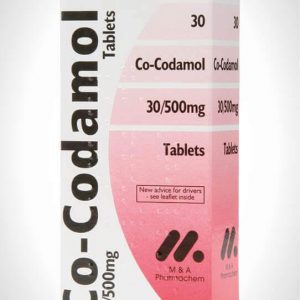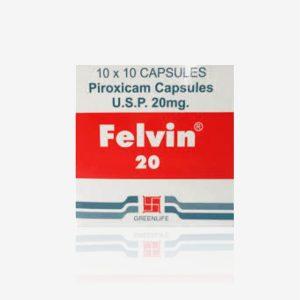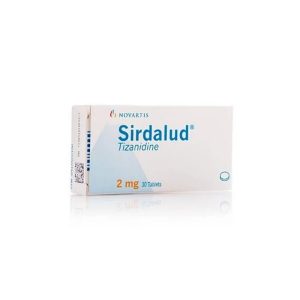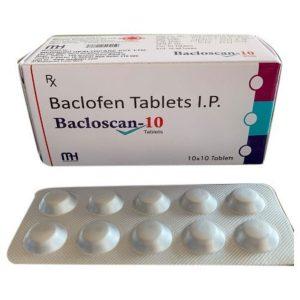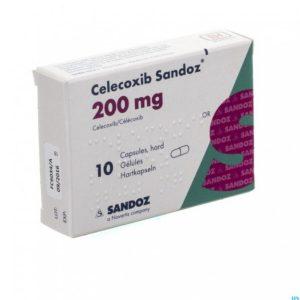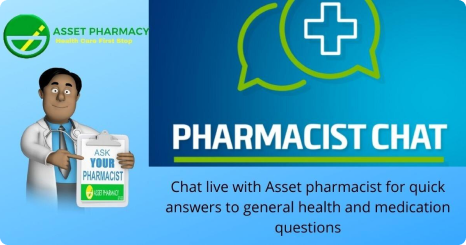Description
Cosopt Eye Drops – Dorzolamide Timolol Eye Drops, 5ml
If you have been prescribed COSOPT eye drops, it is because your doctor has determined that beta-blocker eyedrop medicine alone is not adequate to lower the raised pressure in your eye associated with glaucoma. COSOPT contains two different medicines – dorzolamide and timolol – that work together to reduce pressure more effectively.
How does Cosopt eye drops work?
Dorzolamide belongs to a class of drugs called carbonic anhydrase inhibitors. Timolol, on the other hand, is a beta blocker. Both of these medications lower eye pressure in different ways. When used together, they provide much better relief than either one could on its own.
What is Glaucoma?
Glaucoma is a common eye condition where the optic nerve, which connects the eye to the brain, becomes damaged.
It’s usually caused by fluid building up in the front part of the eye, which increases pressure inside the eye.
Glaucoma can lead to loss of vision if it’s not diagnosed and treated early.
It can affect people of all ages, but is most common in adults in their 70s and 80s.
Glaucoma does not usually cause any symptoms to begin with.
It tends to develop slowly over many years and affects the edges of your vision (peripheral vision) first.
For this reason, many people do not realise they have glaucoma, and it’s often only picked up during a routine eye test.
If you do notice any symptoms, they might include blurred vision, or seeing rainbow-coloured circles around bright lights.
Both eyes are usually affected, although it may be worse in 1 eye.
Very occasionally, glaucoma can develop suddenly and cause:
- intense eye pain
- nausea and vomiting
- a red eye
- a headache
- tenderness around the eyes
- seeing rings around lights
- blurred vision
Visit an opticians or a GP if you have any concerns about your vision.
If you have glaucoma, early diagnosis and treatment can help stop your vision getting worse.
Without treatment, glaucoma can eventually lead to blindness.
If you develop symptoms of glaucoma suddenly, go to your nearest eye casualty unit or A&E as soon as possible.
This is a medical emergency that may require immediate treatment.
There are several different types of glaucoma.
The most common is called primary open angle glaucoma. This tends to develop slowly over many years.
It’s caused by the drainage channels in the eye becoming gradually clogged over time.
Other types of glaucoma include:
- acute angle closure glaucoma – an uncommon type caused by the drainage in the eye becoming suddenly blocked, which can raise the pressure inside the eye very quickly
- secondary glaucoma – caused by an underlying eye condition, such as inflammation of the eye (uveitis)
- childhood glaucoma (congenital glaucoma) – a rare type that occurs in very young children, caused by an abnormality of the eye
Glaucoma can occur for a number of reasons.
Most cases are caused by a build-up of pressure in the eye when fluid is unable to drain properly.
This increase in pressure then damages the nerve that connects the eye to the brain (optic nerve).
It’s often unclear why this happens, although certain things can increase the risk, including:
- your age – glaucoma becomes more common as you get older
- your ethnicity – people of African, Caribbean or Asian origin are at a higher risk
- your family history – you’re more likely to develop glaucoma if you have a parent or sibling with the condition
- other medical conditions – such as short-sightedness, long-sightedness and diabetes
It’s not clear whether you can do anything to prevent glaucoma, but having regular eye tests should pick it up as early as possible.
Can someone who is pregnant or breastfeeding use Cosopt Eye Drops?
Talk to your doctor before taking this medicine if you are pregnant, planning to become pregnant or are breast-feeding
Cosopt Eye Drops Reviews
After using Cosopt Eye Drops, it\’s helpful to let others know about your experience. Reviews of an item help other users know that medicines received have helped the condition it is claimed for, how well the treatment worked or any issues to be aware of. We invite our users to leave a review of both their treatment and of the service provided. Click on the reviews tab to see if there has been feedback on this item.
What is the price of Cosopt Eye Drops in Nigeria?
The price of Cosopt Eye Drops is N19,850
Where can you buy Cosopt Eye Drops In Nigeria?
You can Buy Cosopt Eye Drops at Asset Pharmacy Lagos Nigeria, Nigeria\’s Largest Online Pharmacy.
Cosopt Eye Drops is a prescription drug that legally requires a medical prescription to be dispensed.
To order this product you confirm that you are under the care of your doctor or consultant and have been given permission by them for purchase, fulfillment & use in treatment with their written consent.
You will be required to send Asset Pharmacy your prescription
How to Use
How to use Cosopt Eye Drops
Always use this medicine exactly as your doctor has told you. Check with your doctor or pharmacist if you are not sure. Your doctor will establish the appropriate dosage and duration of treatment.
The recommended dose is one drop in the affected eye(s) in the morning and in the evening.
If you are using this medicine with another eye drop, the drops should be instilled at least 10 minutes apart.
Do not change the dose of the medicine without consulting your doctor.
Do not allow the tip of the container to touch the eye or areas around the eye. It may become contaminated with bacteria that can cause eye infections leading to serious damage of the eye, even loss of vision. To avoid possible contamination of the container, wash your hands before using this medicine and keep the tip of the container away from contact with any surface. If you think your medication may be contaminated, or if you develop an eye infection, contact your doctor immediately concerning continued use of this container.
Do not use the container if the plastic safety strip around the neck is missing or broken. When opening the container for the first time, tear off the plastic safety strip.
Every time you use COSOPT:
1. Wash your hands.
2. Open the container. Take special care that the tip of the dropper container does not touch your eye, the skin around your eye or your fingers.
3. Tilt your head backwards and hold the container upside down over the eye.
4. Pull the lower eyelid downwards and look up. Hold and gently squeeze the container on the flattened sides of the container and let one drop fall into the space between the lower eyelid and the eye.
5. Press a finger into the corner of your eye, by the nose, or close your eyelids for 2 minutes. This helps to stop the medicine from getting into the rest of the body.
6. Repeat steps 3 to 5 with the other eye if instructed to do so by your doctor.
7. Put the cap back on and close the container tightly.
If you put too many drops in your eye or swallow any of the contents of the container, among other effects, you may become light-headed, have difficulty breathing, or feel that your heart rate has slowed. Contact your doctor immediately.
It is important to use this medicine as prescribed by your doctor.
If you miss a dose, use it as soon as possible. However, if it is almost time for the next dose, skip the missed dose and go back to your regular dosing schedule.
Do not use a double dose to make up for the forgotten dose.
If you want to stop using this medicine talk to your doctor first.
If you have any further questions on the use of this product, ask your doctor or pharmacist.
Product Details
Product Information of Cosopt Eye Drops
- if you are allergic to dorzolamide hydrochloride, timolol maleate or any of the other ingredients of this medicine (listed in section 6).
- if you have now or had in the past respiratory problems, such as asthma or severe chronic obstructive bronchitis (severe lung disease which may cause wheeziness, difficulty in breathing and/or long-standing cough).
- if you have a slow heartbeat, heart failure or disorders of heart rhythm (irregular heartbeats).
- if you have severe kidney disease or problems, or a prior history of kidney stones.
- if you have excess acidity of the blood caused by a build up of chloride in the blood (hyperchloraemic acidosis).
If you are not sure whether you should use this medicine, contact your doctor or pharmacist.
Talk to your doctor before using COSOPT.
Tell your doctor about any medical or eye problems you have now or have had in the past:
- coronary heart disease (symptoms can include chest pain or tightness, breathlessness, or choking), heart failure, low blood pressure.
- disturbances of heart rate such as slow heartbeat.
- breathing problems, asthma or chronic obstructive pulmonary disease.
- poor blood circulation disease (such as Raynaud’s disease or Raynaud’s syndrome).
- diabetes as timolol may mask signs and symptoms of low blood sugar.
- overactivity of the thyroid gland as timolol may mask signs and symptoms.
Tell your doctor before you have an operation that you are using COSOPT as timolol may change effects of some medicines used during anaesthesia.
Also, tell your doctor about any allergies or allergic reactions including hives, swelling of the face, lips, tongue, and/or throat, which may cause difficulty in breathing or swallowing.
Tell your doctor if you have muscle weakness or have been diagnosed as having myasthenia gravis.
If you develop any eye irritation or any new eye problems such as redness of the eye or swelling of the eyelids, contact your doctor immediately.
If you suspect that COSOPT is causing an allergic reaction or hypersensitivity (for example, skin rash, severe skin reaction, or redness and itching of the eye), stop using this medicine and contact your doctor immediately.
Tell your doctor if you develop an eye infection, receive an eye injury, have eye surgery, or develop a reaction including new or worsening symptoms.
When COSOPT is instilled into the eye, it may affect the entire body.
There is limited experience with COSOPT in infants and children.
In studies with COSOPT, the effects of this medicine were similar in both elderly and younger patients.
Tell your doctor about any liver problems you now have or have suffered from in the past.
COSOPT can affect or be affected by other medicines you are using, including other eye drops for the treatment of glaucoma. Tell your doctor if you are using or intend to use medicines to lower blood pressure, heart medicine or medicines to treat diabetes. Tell your doctor or pharmacist if you are using, have recently used or might use any other medicines. This is particularly important if you are:
- taking medicine to lower blood pressure or to treat heart disease (such as calcium channel blockers, beta-blockers or digoxin).
- taking medicines to treat a disturbed or irregular heartbeat such as calcium channel blockers, beta-blockers or digoxin.
- using another eye drop that contains a beta-blocker.
- taking another carbonic anhydrase inhibitor such as acetazolamide.
- taking monoamine oxidase inhibitors (MAOIs) which are used to treat depression.
- taking a parasympathomimetic medicine which may have been prescribed to help you pass urine. Parasympathomimetics are also a particular type of medicine which is sometimes used to help restore normal movements through the bowel.
- taking narcotics such as morphine used to treat moderate to severe pain.
- taking medicines to treat diabetes.
- taking antidepressants known as fluoxetine and paroxetine.
- taking a sulfa medicine.
- taking quinidine (used to treat heart conditions and some types of malaria).
If you are pregnant or breast-feeding, think you may be pregnant or are planning to have a baby, ask your doctor or pharmacist for advice before taking this medicine.
Do not use COSOPT if you are pregnant unless your doctor considers it necessary.
Do not use COSOPT if you are breast-feeding. Timolol may get into breastmilk. Ask your doctor for advice before taking any medicine during breast-feeding.
No studies on the effects on the ability to drive or use machines have been performed. There are side effects associated with COSOPT, such as blurred vision, which may affect your ability to drive and/or operate machinery. Do not drive or operate machinery until you feel well or your vision is clear.
This medicine contains approximately 0.002 mg benzalkonium chloride in each drop which is equivalent to 0.075 mg/ml.
Benzalkonium chloride may be absorbed by soft contact lenses and may change the colour of the contact lenses. You should remove contact lenses before using this medicine and put them back 15 minutes afterwards.
Benzalkonium chloride may also cause eye irritation, especially if you have dry eyes or disorders of the cornea (the clear layer at the front of the eye). If you feel abnormal eye sensation, stinging or pain in the eye after using this medicine, talk to your doctor.
Side Effects
Side Effects of Cosopt Eye Drops
Like all medicines, this medicine can cause side effects, although not everybody gets them.
Serious side effects:
If you experience any of the following side effects, stop using this medicine and seek immediate medical advice as these could be signs of a reaction to the medicine.
Generalised allergic reactions including swelling beneath the skin that can occur in areas such as the face and limbs, and can obstruct the airways which may cause difficulty swallowing, shortness of breath, hives or itchy rash, localised and generalised rash, itchiness, severe sudden life-threatening allergic reaction.
You can usually carry on taking the drops, unless the effects are serious. If you’re worried, talk to a doctor or pharmacist. Do not stop using COSOPT without speaking to your doctor.
The following side effects have been reported with COSOPT or one of its components either during clinical trials or during post-marketing experience:
Very Common (may affect more than 1 in 10 people):
Burning and stinging of the eyes, unusual taste.
Common (may affect up to 1 in 10 people):
Redness in and around the eye(s), watering or itching of the eye(s), corneal erosion (damage to the front layer of the eyeball), swelling and/or irritation in and around the eye(s), feeling of having something in the eye, decreased corneal sensitivity (not realising of getting something in the eye and not feeling pain), eye pain, dry eyes, blurred vision, headache, sinusitis (feeling of tension or fullness in the nose), feeling sick, also called nausea, weakness/tiredness and fatigue.
Uncommon (may affect up to 1 in 100 people):
Dizziness, depression, inflammation of the iris, visual disturbances including refractive changes (in some cases due to withdrawal of medication to treat excessive contraction of the pupil of the eye), slow heartbeat, fainting, shortness of breath, indigestion, and kidney stones (often marked by a sudden onset of excruciating, cramping pain in their low back and/or side, groin, or abdomen).
Rare (may affect up to 1 in 1,000 people):
Systemic lupus erythematosus (an immune disease which may cause an inflammation of internal organs), tingling or numbness of the hands or feet, trouble sleeping, nightmares, memory loss, an increase in signs and symptoms of myasthenia gravis (muscle disorder), decreased sex drive, stroke, temporary short sightedness which may resolve when treatment is stopped, detachment of the layer below the retina that contains blood vessels following from filtration surgery which may cause visual disturbances, drooping of the eyelids (making the eye stay half closed), double vision, eyelid crusting, swelling of the cornea (with symptoms of visual disturbances), low pressure in the eye, ringing noises in your ear, low blood pressure, changes in the rhythm or speed of the heartbeat, congestive heart failure (heart disease with shortness of breath and swelling of feet and legs due to fluid build up), oedema (fluid build up), cerebral ischaemia (reduced blood supply to the brain), chest pain, forceful heartbeat that may be rapid or irregular (palpitations), heart attack, Raynaud’s phenomenon, swelling or coldness of your hands and feet and reduced circulation in your arms and legs, leg cramps and/or leg pain when walking (claudication), shortness of breath, feeling out of breath, runny or stuffed nose, nose bleed, constriction of the airways in the lungs causing difficulty in breathing, cough, throat irritation, dry mouth, diarrhoea, contact dermatitis, hair loss, skin rash with white silvery coloured appearance (psoriasiform rash), Peyronie’s disease (which may cause a curvature of the penis), allergic type reactions such as rash, hives, itching, in rare cases possible swelling of the lips, eyes and mouth, wheezing, or severe skin reactions (Stevens Johnson syndrome, toxic epidermal necrolysis).
Like other medicines applied into your eyes, timolol is absorbed into the blood. This may cause similar side effects as seen with oral beta-blocking agents. Incidence of side effects after topical ophthalmic administration is lower than when medicines are, for example, taken by mouth or injected.
Listed additional side effects include reactions seen within the class of beta-blockers when used for treating eye conditions:
Not known (frequency cannot be estimated from the available data):
Low blood glucose levels, heart failure, a type of heart rhythm disorder, abdominal pain, vomiting, muscle pain not caused by exercise, sexual dysfunction, hallucination and foreign body sensation in eye (feeling that there is something in your eye).
If you get any side effects, talk to your doctor or pharmacist. This includes any possible side effects not listed in this leaflet.
How to store
How to store Cosopt Eye Drops
Keep this medicine out of the sight and reach of children.
Do not use this medicine after the expiry date which is stated on the container label and the carton after ‘EXP’. The expiry date refers to the last day of that month.
This medicinal product does not require any special temperature storage conditions. Keep the container in the outer carton in order to protect from light.
You can use COSOPT for 28 days after first opening the container.
Do not throw away any medicines via wastewater or household waste. Ask your pharmacist how to throw away medicines you no longer use. These measures will help protect the environment.
Prescription Product
This product requires a prescription from your Doctor.
Please follow the instruction received from the pharmacy on how to forward your prescription to the pharmacy after you have paid for the medicine.
A prescription drug is a pharmaceutical medication that legally requires a medical prescription to be dispensed.
To order this product you confirm that you are under the care of your doctor or consultant and have been given permission by them for purchase, fulfillment & use in treatment with their written consent
Delivery
Delievry time are estimates. Can vary due to the time of day you order.
Delivery time estimate are subject to the courier company.
Shipping to Lagos cost starts from N1850 Next day delivery
Shipping to Rest Of Nigeria – 2-3 days cost starts from N2000
Shipping to Rest of Africa – 5-7 working days Cost starts from N12000
Shipping to Europe 7 – 14 working days Cost srats from N18000
Shipping to Rest of the world – 7 – 14 days Cost starts from N18000



